Four days on the Southwest Circuit – A Photo Essay
The so-called “Salar de Uyuni” tour actually covers a much larger area than the Salar de Uyuni itself … On a four day tour, we only spent half a day in the Salar de Uyuni, the biggest salt lake in the world. Truly, this is the highlight of the tour. But nevertheless, the other 3.5 days took us through absolutely amazing sceneries.
To start the tour from Tupiza rather than Uyuni was an excellent choice. Tupiza is a nice city with beautiful surroundings whereas I found Uyuni simply depressing. Moreover, while traveling through the whole Southwest Circuit, we were alone, whereas we once saw up to 20 jeeps coming from Uyuni when we were further north. And last but not least the four day tour gave us a better opportunity to discover the southwest of Bolivia, even tough it is not enough!
Choosing to go with Tupiza Tours turned out to be just right, even considering the technical problems we had. We were only four people in the jeep, making this trip comfortable. This is very critical, considering that over four days we spent 35 to 37 hours in the jeep. The driver and guide, Don Gerardo, was simply great, as was Julia, our cook, who had an incredible talent to prepare a fantastic meal lacking all the facilities of a regular kitchen.
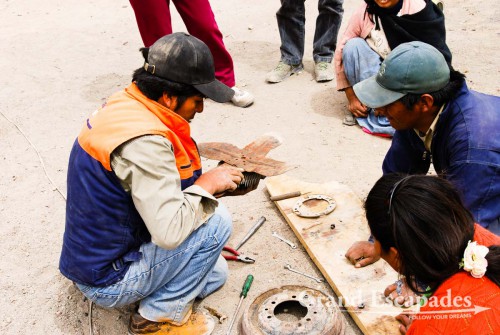
Don Gerardo, our excellent driver and guide, tries to create a new cooling fan after the one of our jeep literally exploded … Believe it or not: it worked!!!
The first day was “Altiplano puro”: shortly after leaving Tupiza, we climbed up to 4.500 meters, and spent the day between 4.200 and 4.500 meters on the Altiplano. This is not a very spectacular experience after having spent 4 weeks in the south of Peru and more than 6 weeks in Bolivia, but the landscape is still impressive.
The second and the third day were simply amazing, driving from one “Laguna” to another and from one desert to another: red deserts like the “Desierto de Dali”, where you find many Vicunas, some of the rarest and most gracious animals in the world; lakes of many colors like the Laguna Verde. The green color comes from the high concentration of lead, sulfur, arsenic and calcium carbonates, the background is dominated by the 5.960 meters high Volcan Licancabur. Another highlight is Laguna Colorada, a red and green and blue colored lake full of flamingoes, at more than 4.300 meters!
If you suffer from “Sorojchi” or altitude sickness, you might have a difficult time: during the three first days, we never got below than 4.200 meters. We even went higher when we crossed two mountain passes: one at 4.855 meters, more than the Mont Blanc, the highest mountain in Europe, and the second one, a plateau slightly above 5.000 meters. Breathing at times is no longer something that comes natural but you do very consciously, a strange feeling!
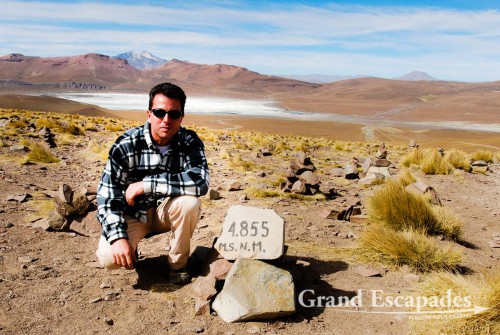
Gilles during the “Southwest Loop” or “Salar de Uyuni Tour” in Bolivia – Here at 4.855 meters above sea level!
The nights are spent in very simple lodgings, all dormitories, which gives it a bit of summer camp feeling, if it were not for the freezing temperatures at night. In November we were lucky, it was only around 0 degree early morning. In July and August it can get down to minus 30! Needless to say that the rooms have no heating, which finally justifies the four thick blankets that seem to be standard in every hotel bed in Bolivia at a certain altitude. The sheer weight of these and the high altitude make breathing a very conscious act.
But of course, on the fourth day, you reach the highlight of the tour and urely one of the highlights when visiting Bolivia, if not South America: the Salar de Uyuni! At 3.653 meters, with a surface of 12.106 square kilometers, this is the largest salt lake in the world. It covers as much as half of Switzerland! It is 40 meters deep in its centers and the most fascinating fact is that this salt lake grows every year: 2 to 3 centimeters in depth and also in surface.
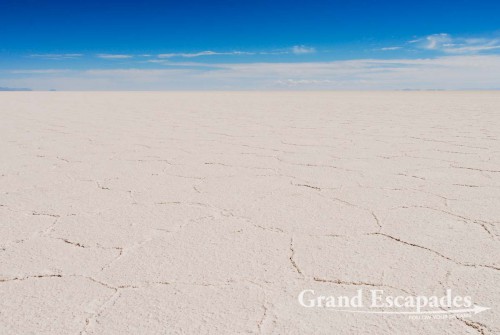
The Salar de Uyuni, the biggest Salt Lake in the world, as big as half of Switzerland! Southwest Bolivia, South America
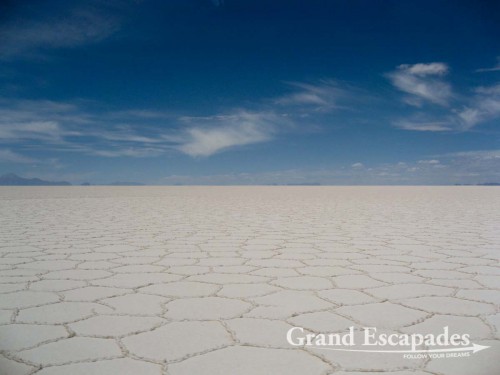
The Salar de Uyuni, the biggest Salt Lake in the world, as big as half of Switzerland! Southwest Bolivia, South America
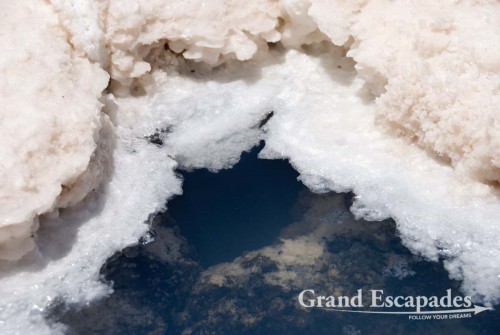
The Salar de Uyuni, the biggest Salt Lake in the world, as big as half of Switzerland! Southwest Bolivia, South America
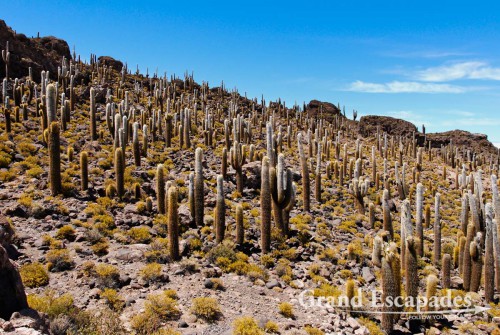
The Incahuasi Island or Fish Island, in the middle of the Salar de Uyuni, Southwest Bolivia, South America
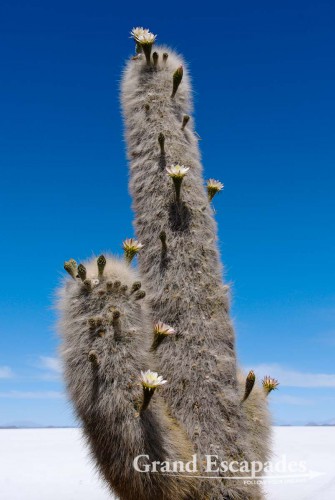
The Incahuasi Island or Fish Island, in the middle of the Salar de Uyuni, Southwest Bolivia, South America
It is not only the biggest reserve of salt in the world, but of many other minerals. For instance, in the Salar de Uyuni lay no less than 50% of the world reserves of Lithium! But fortunately, the commercial exploitation of the resources of the Salar has been so far controlled and limited to very small areas near Uyuni.
The only sad development is the growing number of “Salt Hotels” that pop up like mushrooms in the edge of the Salar, often lacking proper sanitation facilities. More and more, tourists are recommended avoiding them and not giving them business because of the dangerous environmental impact they have.
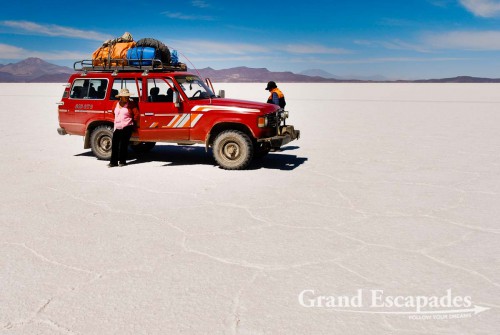
The Salar de Uyuni, the biggest Salt Lake in the world, as big as half of Switzerland! Southwest Bolivia, South America
The vastness of the white plain is the main attraction, especially since this creates spectacular visual effects. The reflection of the sun makes the little “islands” or hills that exist throughout the Salar seem to float in the air when seen from the distance. The most famous island is Incahuatasi, which is covered with cactuses that grow up to 12 meters.

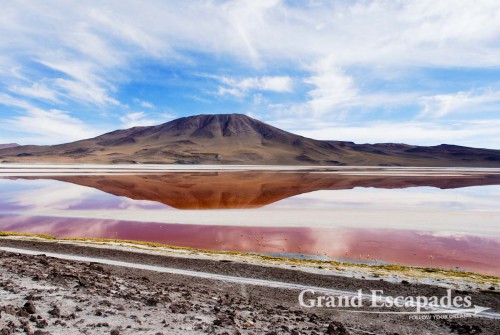
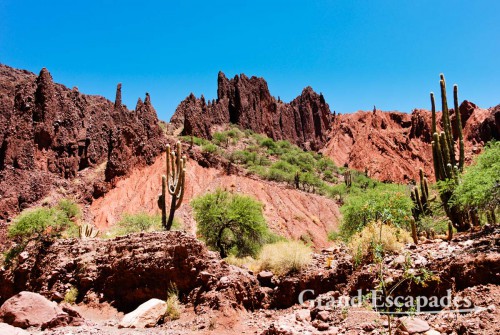
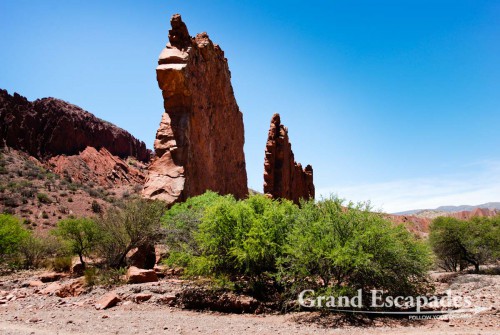
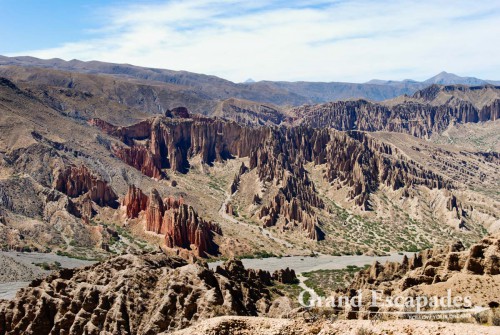
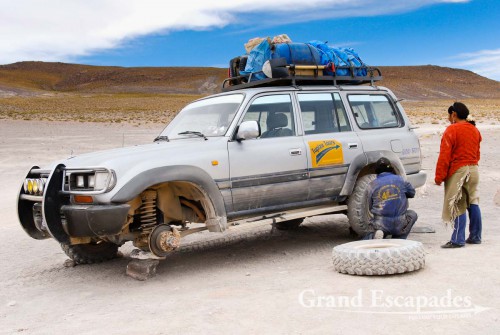
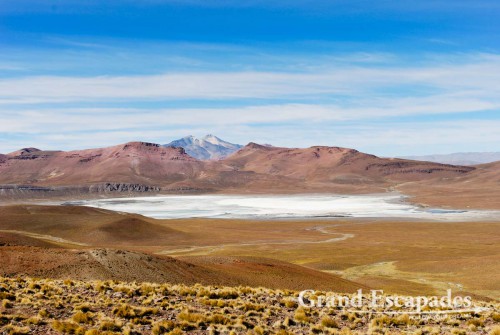
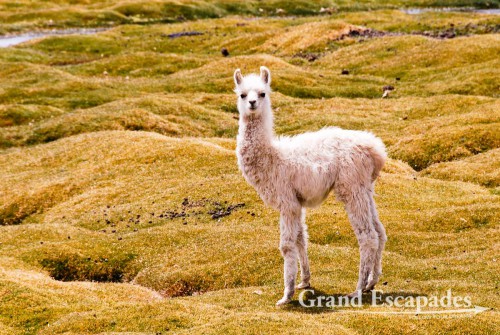
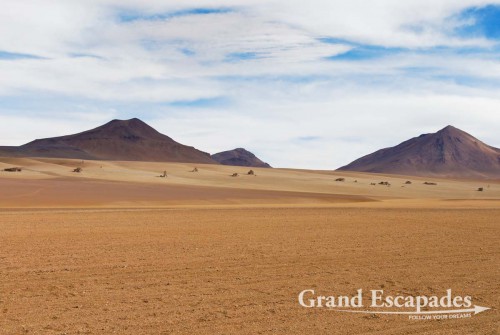
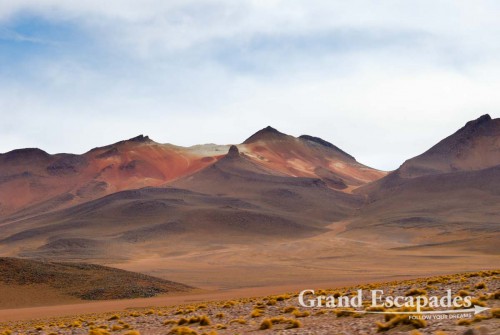
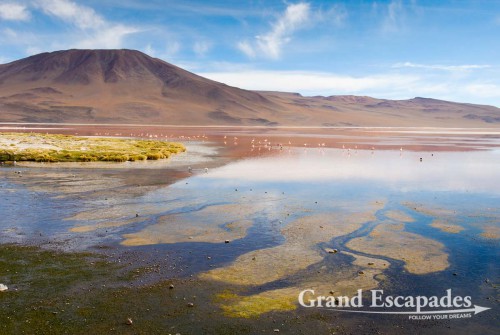
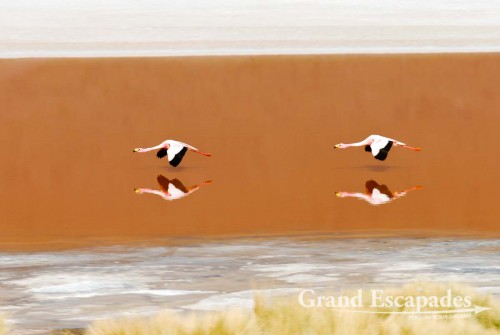
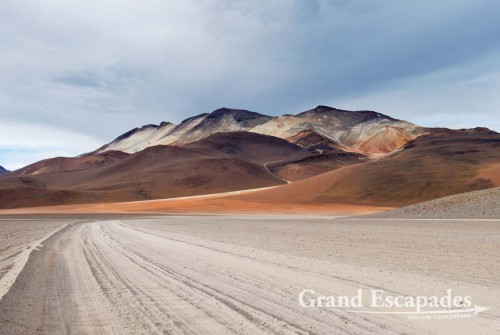
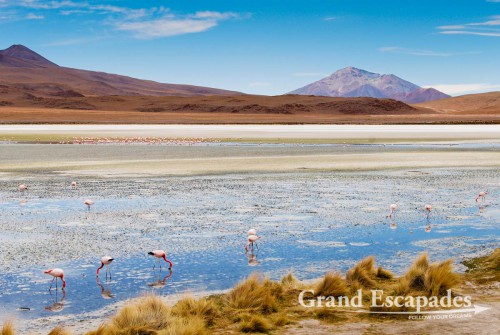
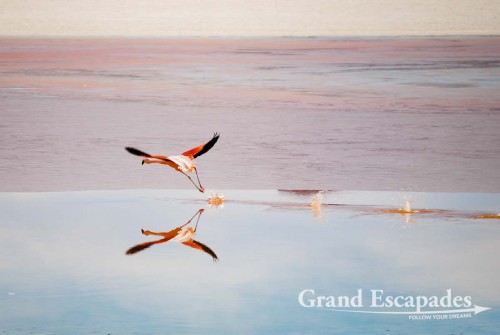
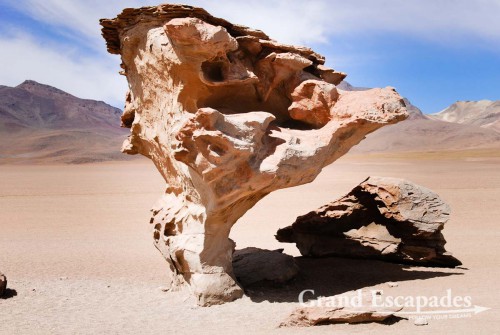
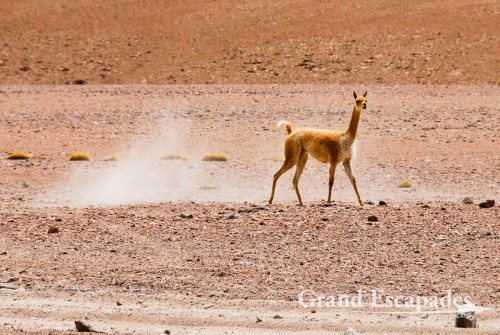
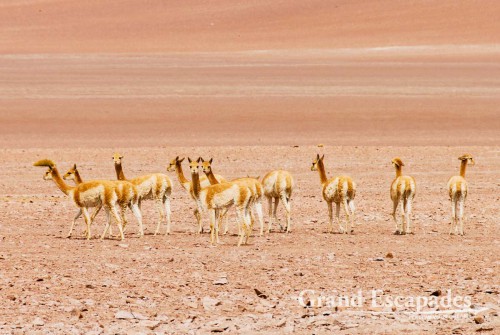
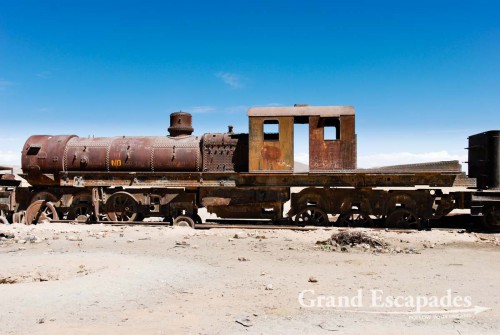
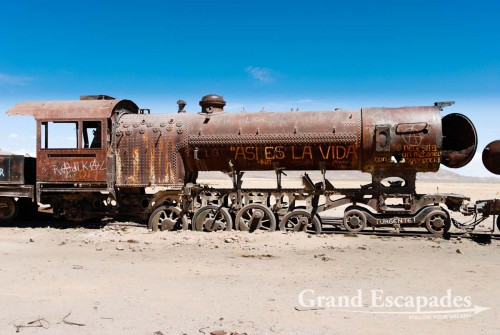
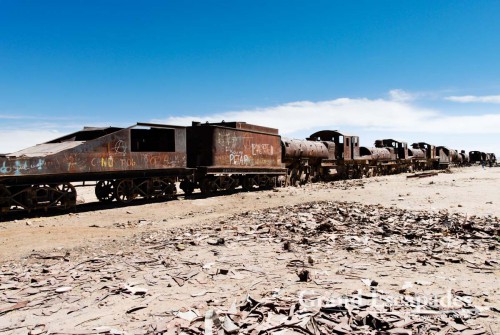
No comments yet.